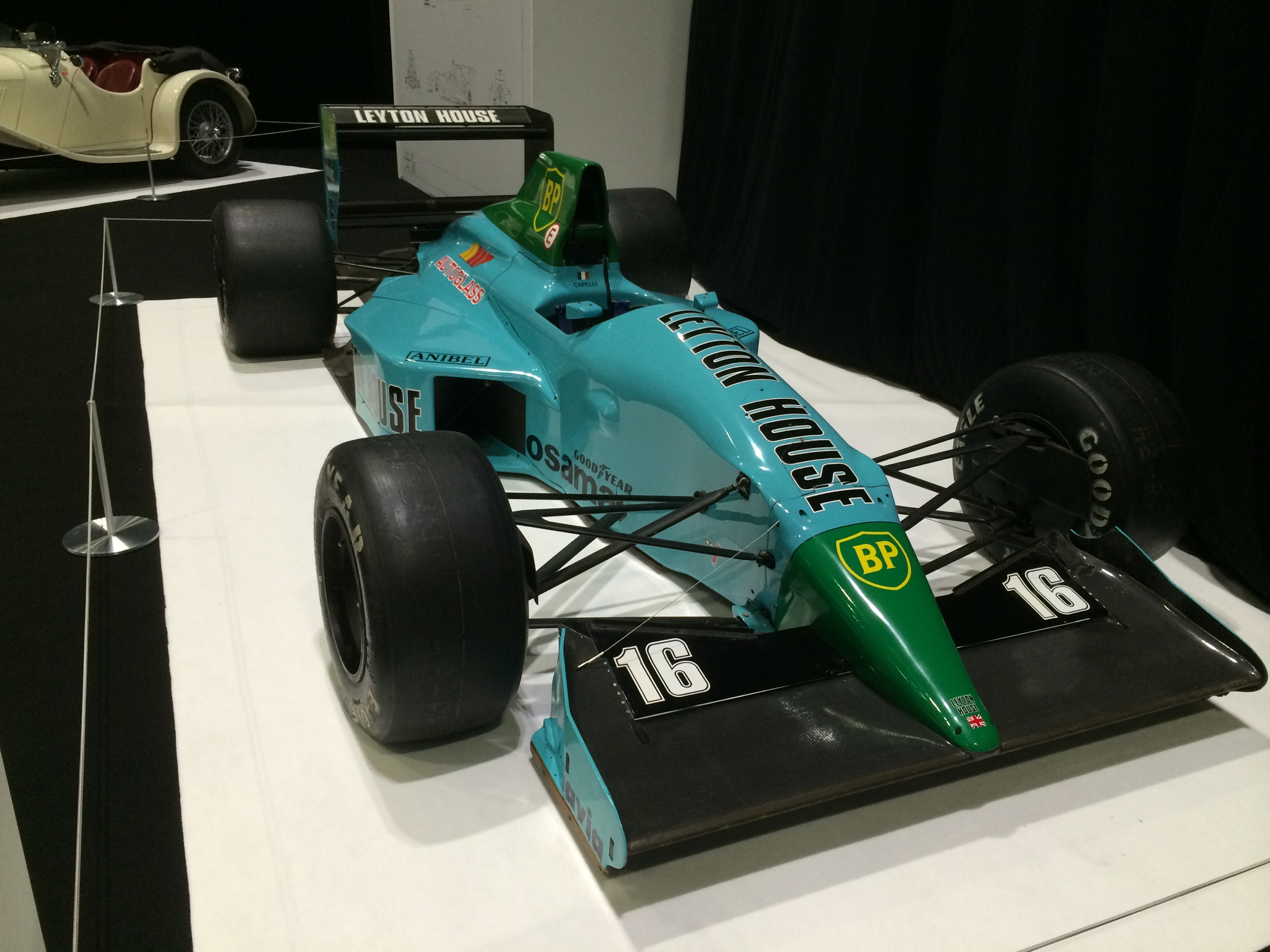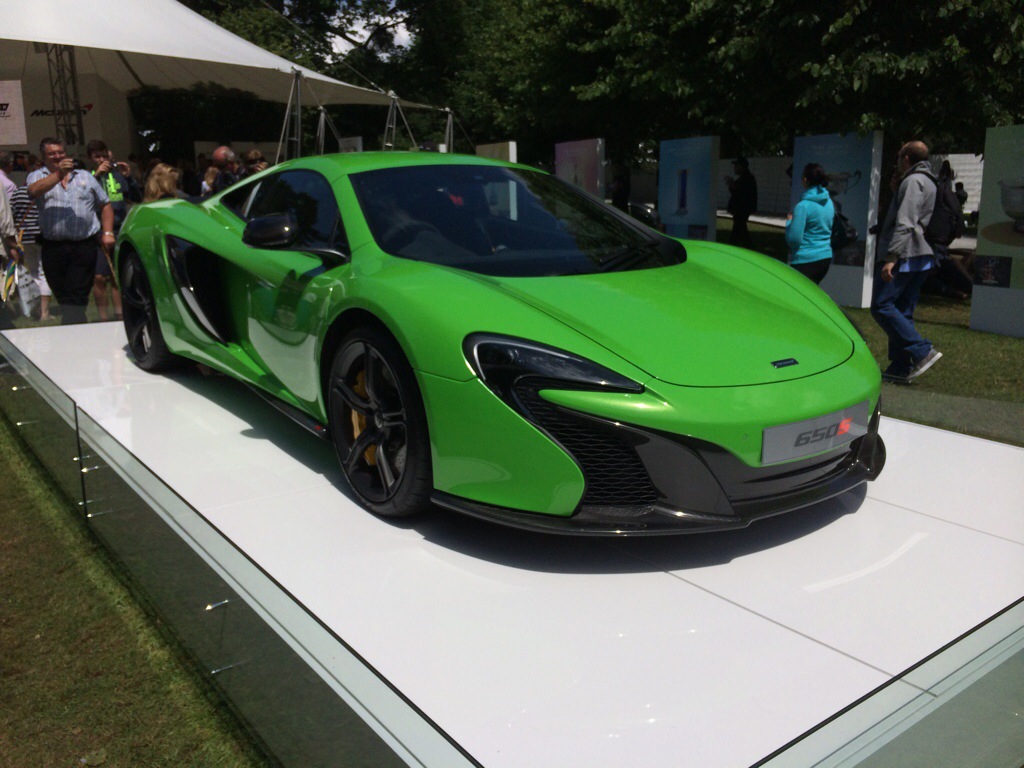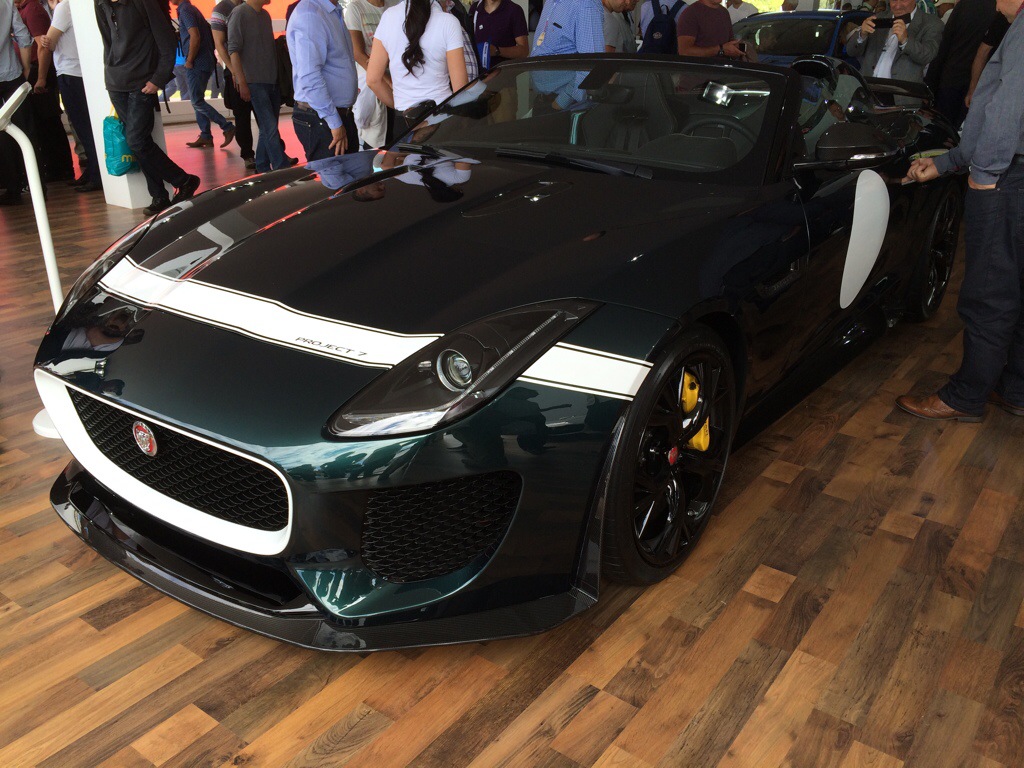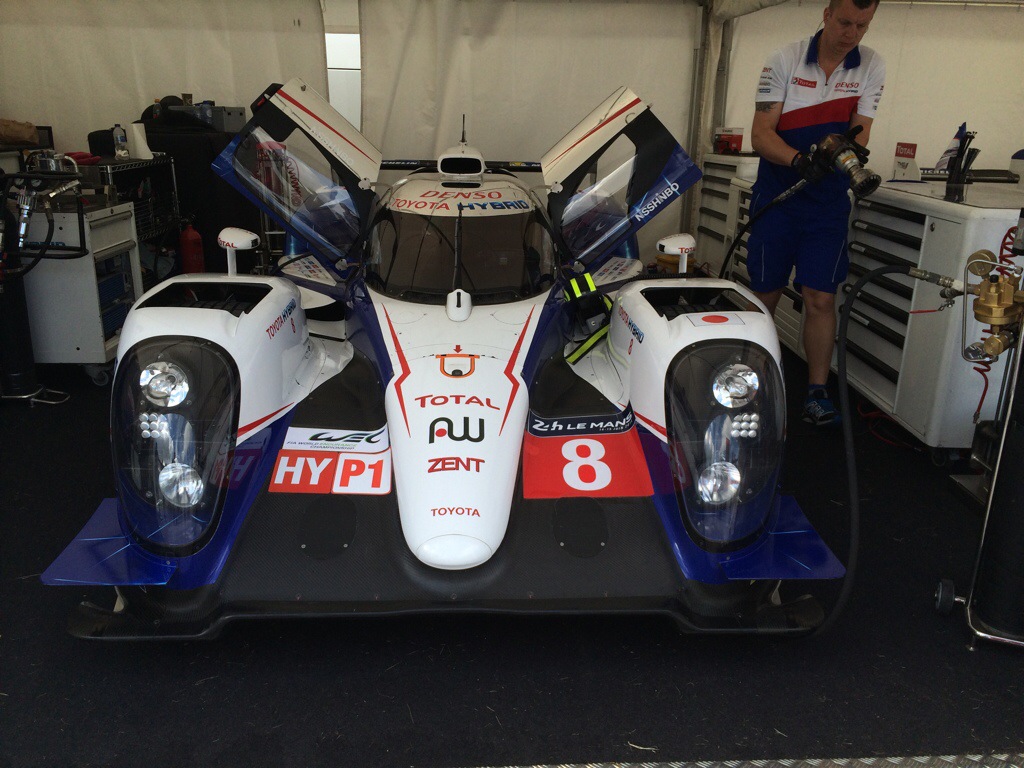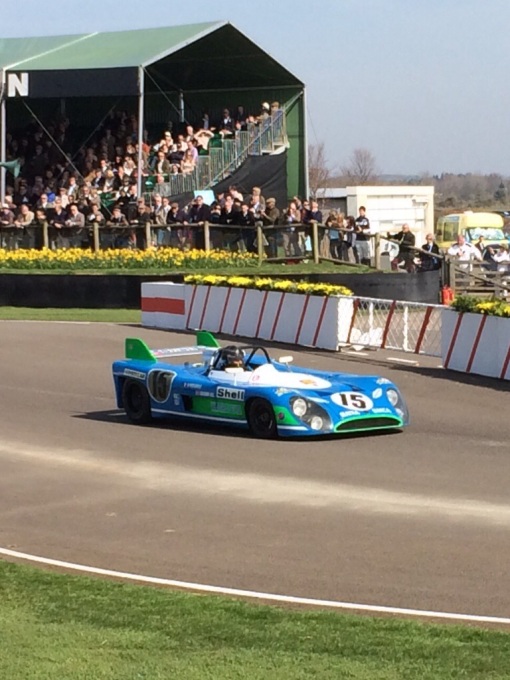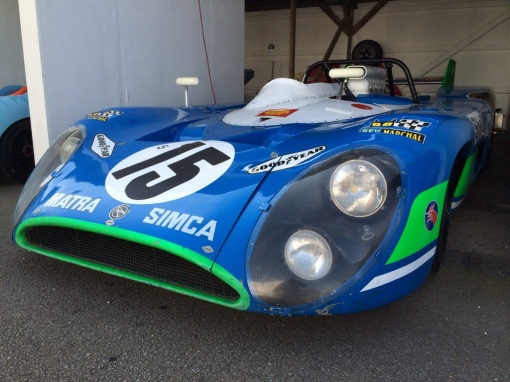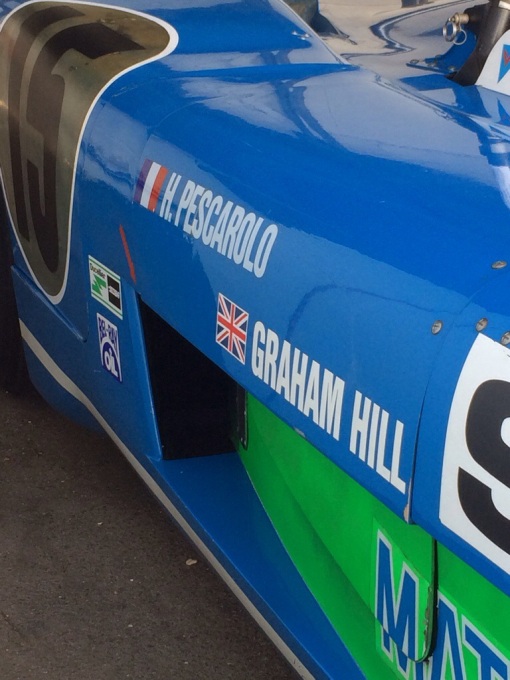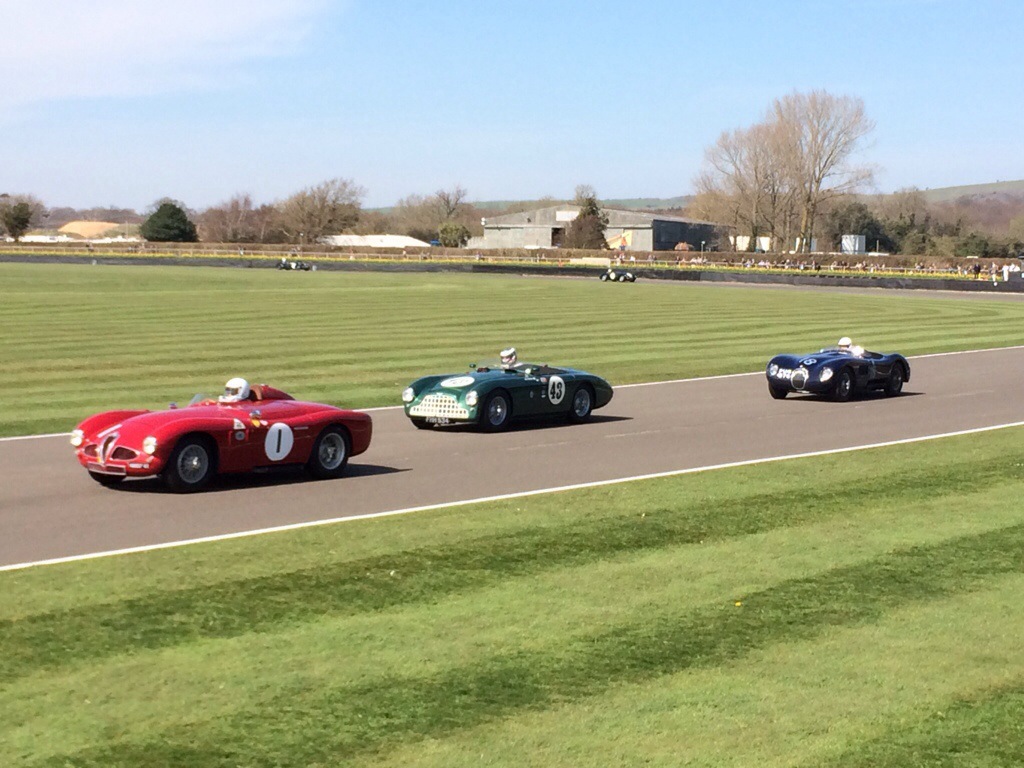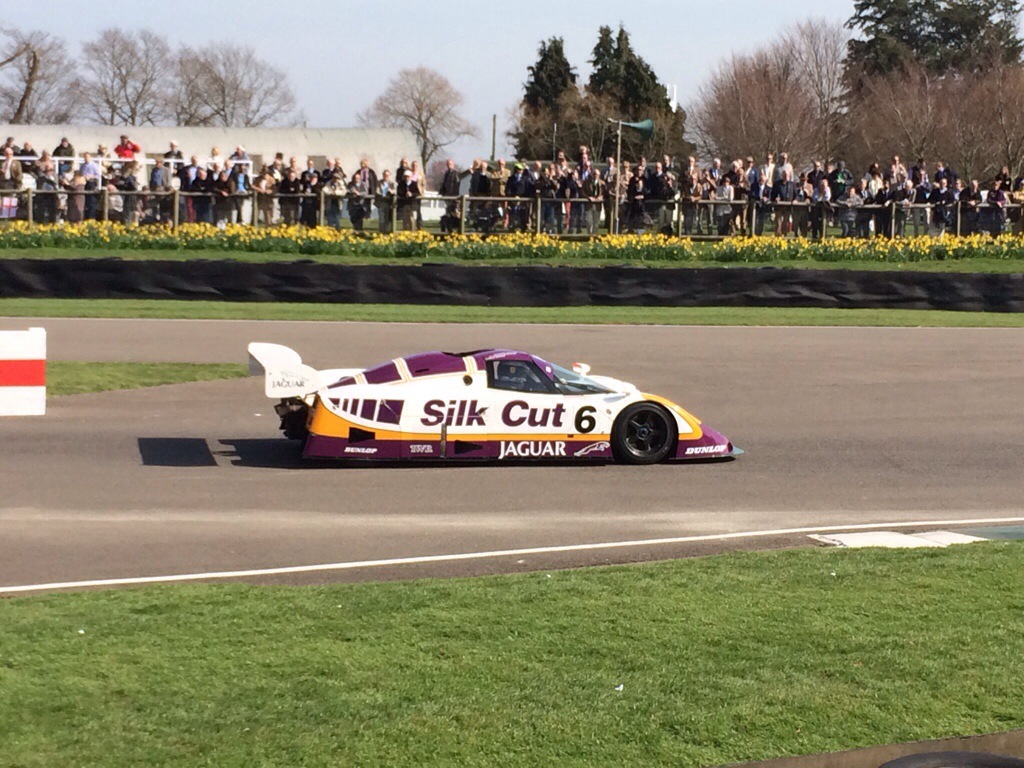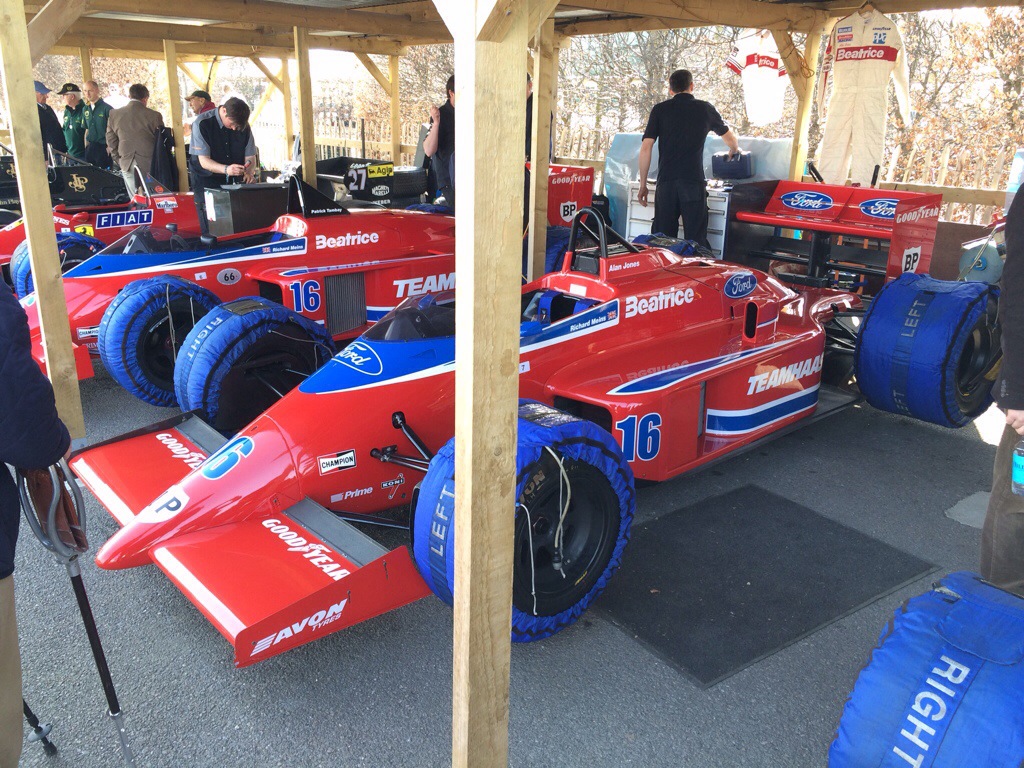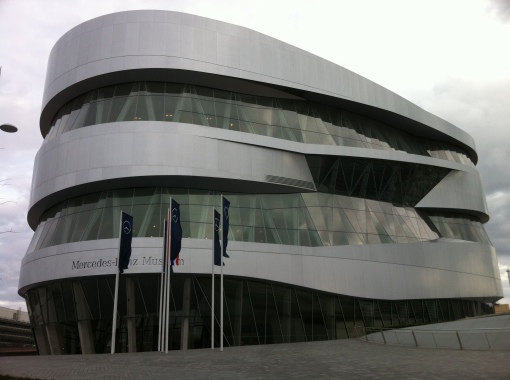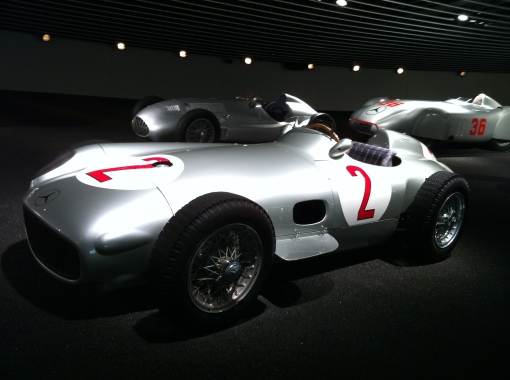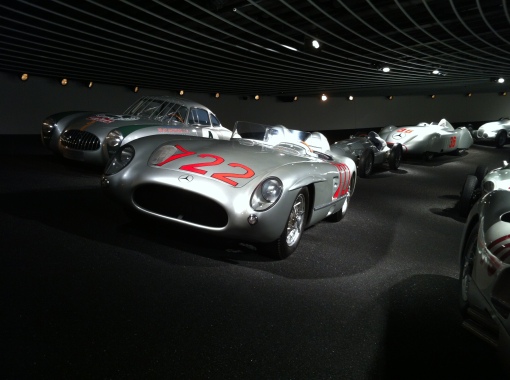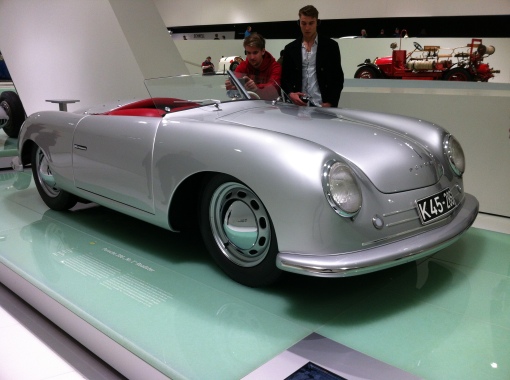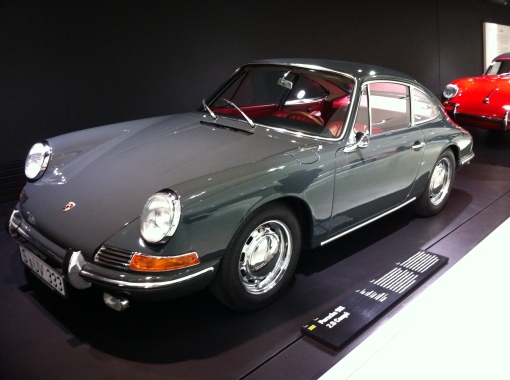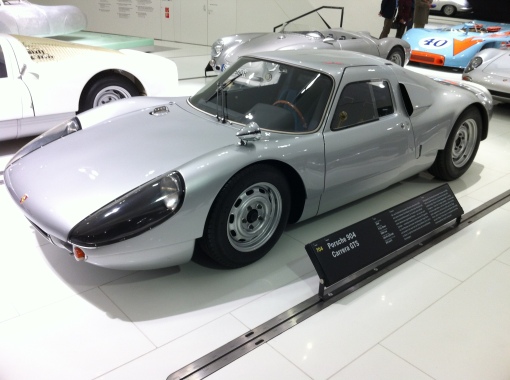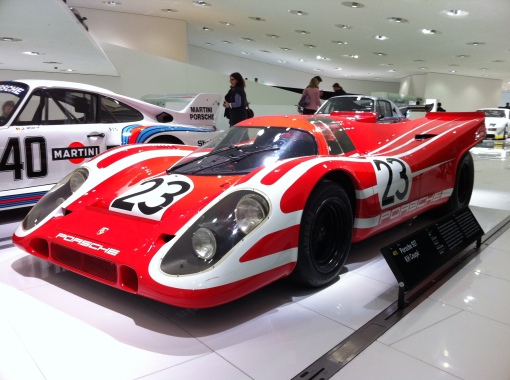Apart from clashing with the Autosport show in Birmingham, this new London show looks promising. It is been many years since there has been a large classic car show in London. Given that the core of the high end classic car market lies in London and the South-East of England, this absence has always struck me as strange.
The new show was held at Excel in London’s Docklands. This is a great venue, easy to get to and with good facilities. As this year’s show was relatively compact it had to share Excel with the Cruise Show and the London Boat Show. I attended on a Friday afternoon and Excel was already busy. I imagine it would have been extremely busy over the weekend.
Whilst the show was much smaller than the NEC Classic Car Show, what it lacked in quantity it made up for with quality. There were no club stands but the organisers showed innovation in how cars were displayed and a large number of very high-end dealers were present. I was able to buy an afternoon only ticket at a much reduced price. This provided plenty of time to see the show. Certainly this year a full day ticket would not have been necessary.
From what I hear, due to heavy ticket discounting, the show almost certainly made a loss this year . However it was very busy so hopefully it will return again in the future.
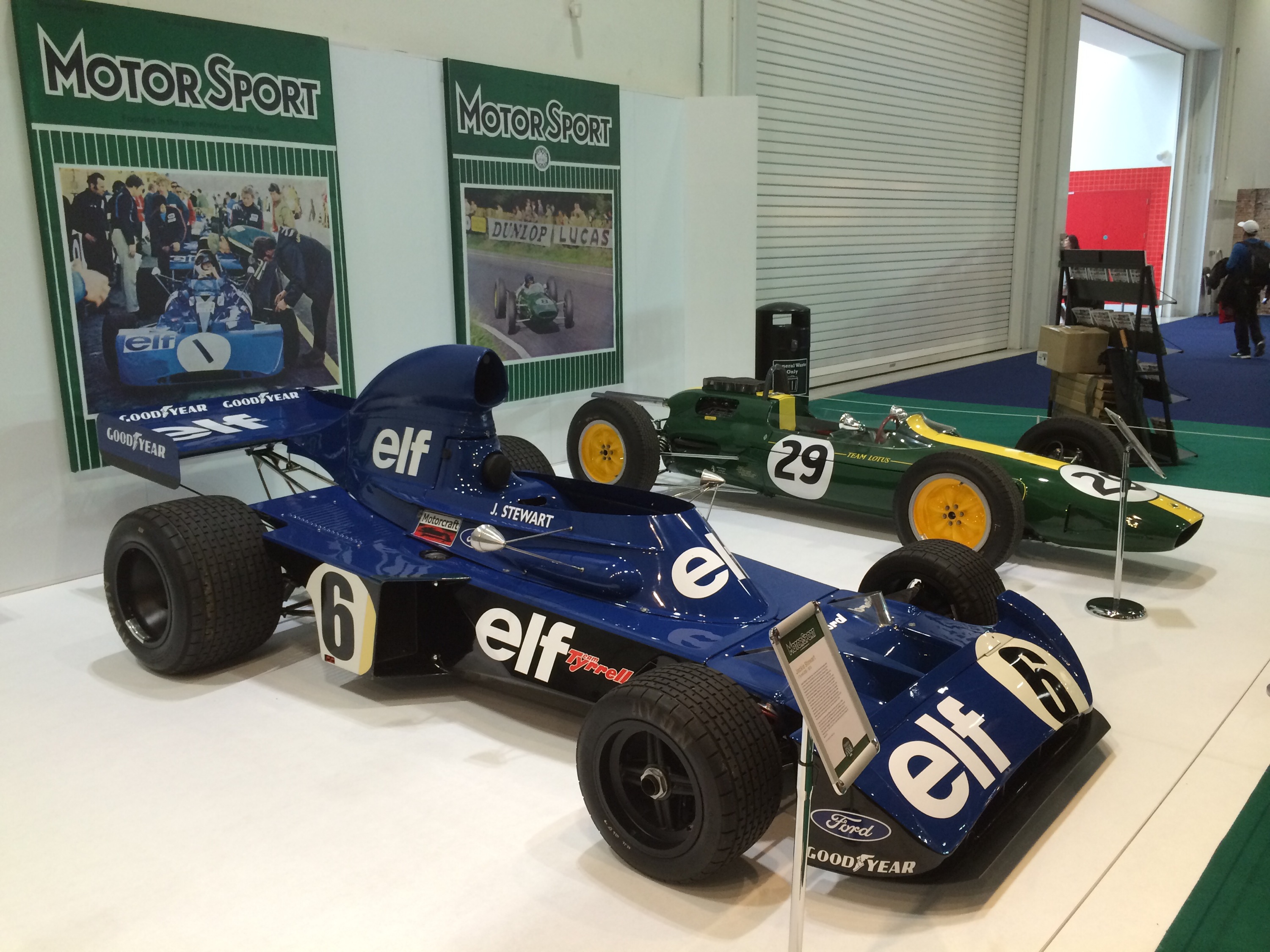
Motor Sport Magazine put on an impressive display at the Show, pairing historic race cars driven by members of their “Hall of Fame” with covers from the magazine showing the cars in period. Here we see Jackie Stewart’s 1973 championship winning Tyrell and Jim Clark’s 1963 championship winning Lotus 25.

The Motor Sport Magazine pairing here is Mike Hawthorn’s 1958 championship winning Ferrari and one of the clever but flawed V16 BRMs.

An unusual feature of the event was a central boulevard where every few hours some of the cars on display were run. Whilst an interesting idea, viewing was limited, the exhaust fumes noxious and there was little scope for really demonstrating the cars’ potential. Here a Lamborghini Miura makes a very sedate pass.

One section of the hall was reserved for Le Mans cars. I never get tired of the sweeping curves of the Jaguar XJR9. This car finished 4th in 1988, the year a similar car won for the Coventry mark.

A rare Vauxhall Firenze Droop Snoot. Ugly as sin when compared to the contemporary Ford Escort RS2000.
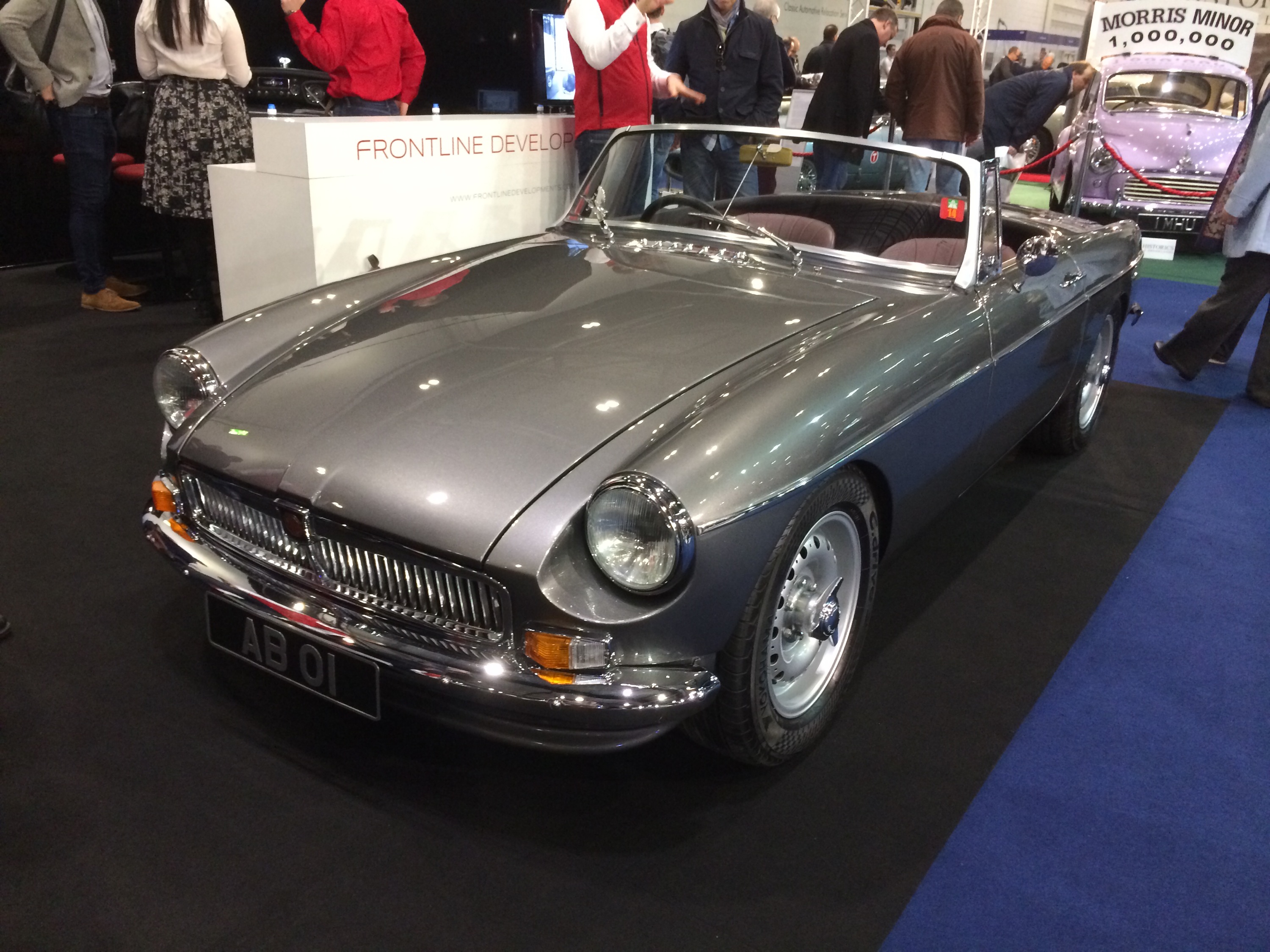
The £90k MGB. Yes really. Produced by Frontline Developments with a Mazda engine and modern running gear, the car is capable of a sub 4 second 0 to 60 time. But why would you bother? If you want a classic looking car buy a concourse MGB for £30k. If you want a fast car, for that price you could buy a Jaguar F Type R.
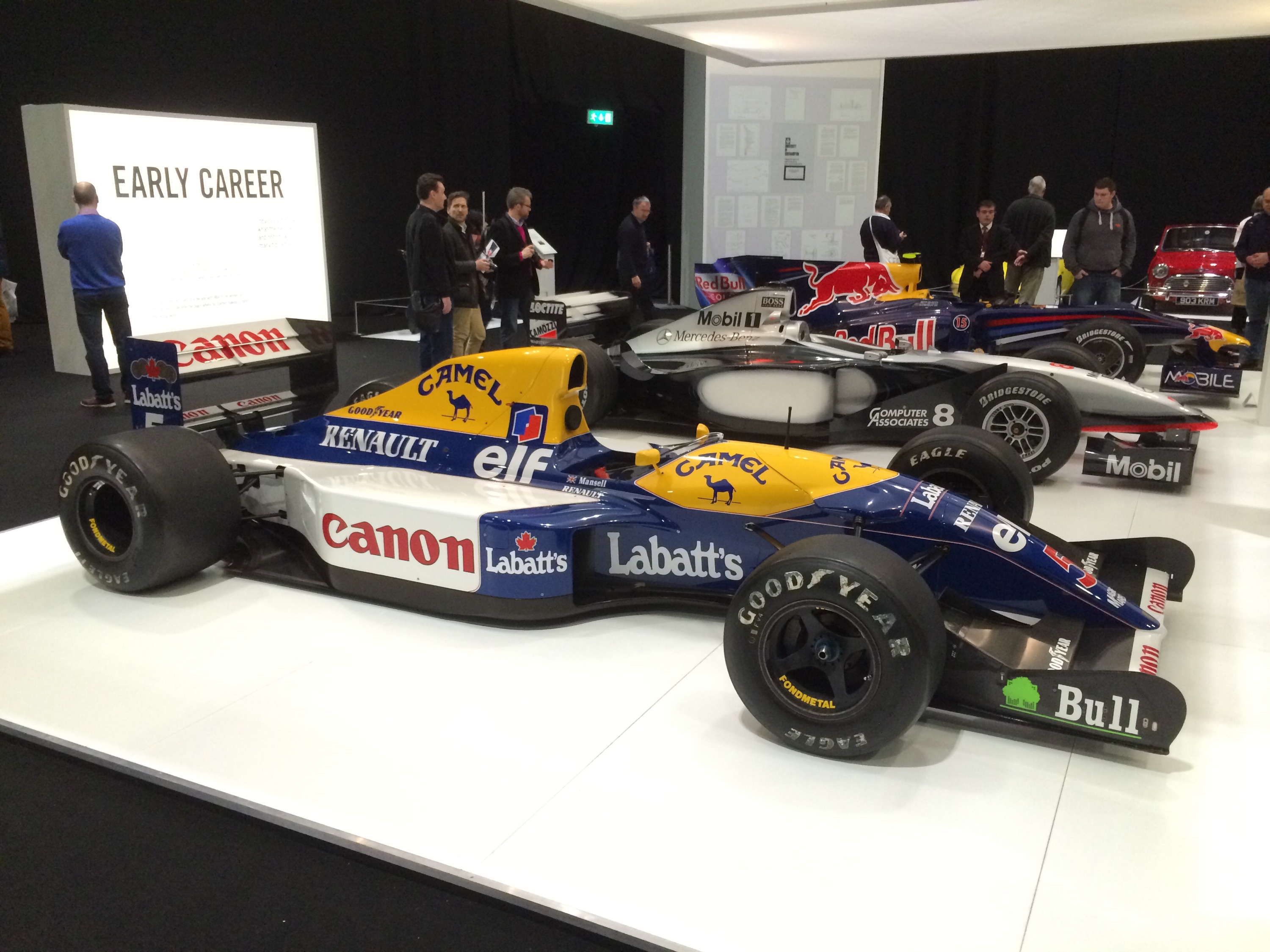
There were two other special displays at the Show. The first was a selection of Cars That Changed the World curated by James May. The queues for that display were so long all afternoon that I gave it a miss. The second, probably far more interesting display, was of cars that inspired or were designed by Adrian Newey. Here we see three of the best – Mansell’s active suspension 1992 Championship winning Williams FW14, Mika Hakkinen’s 1998 championship winning McLaren MP4-13 and one of Vettel’s championship winning Red Bull’s.

